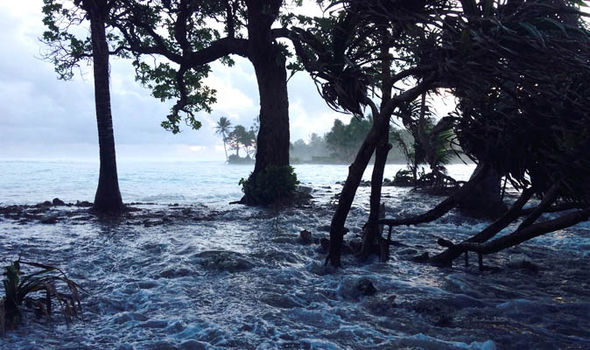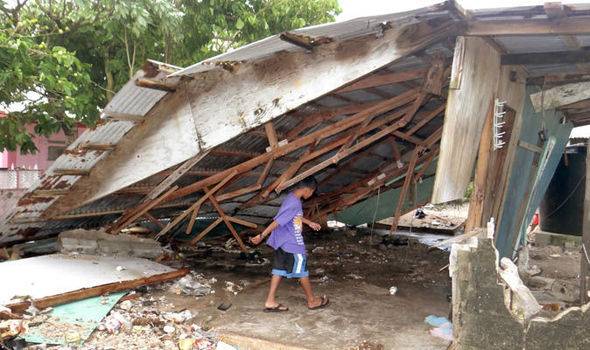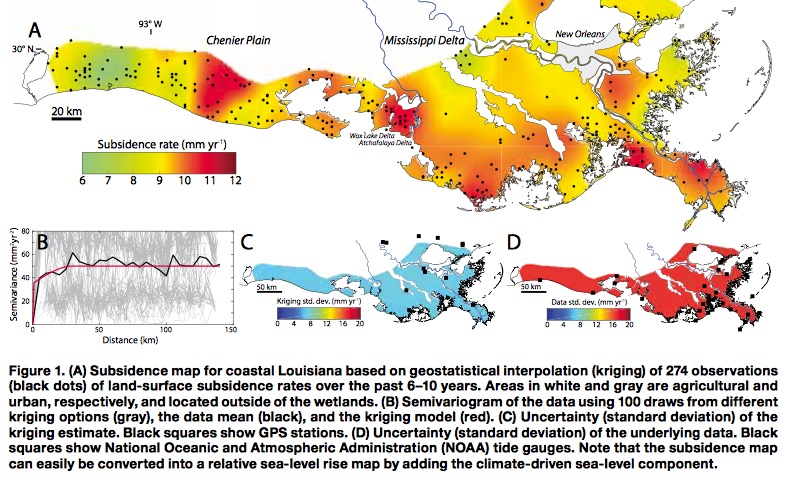Frank, don't get upset that others recognize your shortcomings.
As has been pointed out to your before, tons of evidence may be found at IPCC - Intergovernmental Panel on Climate Change
Your "Evidence" is simply pointing at the Weather Channel and claiming it's all due to Imaginary AGW.
That's a pretty stupid comment to make (even for you) after having JUST pointed to the IPCC for evidence.
Moreover IPCC is on record disavowing AGW as science and acknowledged its a ruse to redistribute wealth
And that is complete nonsense.
"But one must say clearly that we redistribute de facto the world's wealth by climate policy. Obviously, the owners of coal and oil will not be enthusiastic about this. One has to free oneself from the illusion that international climate policy is environmental policy. This has almost nothing to do with environmental policy anymore..." - See more at: UN IPCC Official Admits We Redistribute World s Wealth By Climate Policy
This quote is from Ottmar Edenhoffer, a German economist who was co-chair of Working Group III for the Fourth Assessment Report. It was an expression of his personal opinion. It was not a statement of the IPCC any more than our posts here are the official statements of our employers. Additionally, even as his personal opinion, it is not a disavowal of climate science nor an admission that any ruse is underway to redistribute wealth. It is the viewpoint of an economist regarding what is needed to reduce humanity's carbon footprint. If you never thought that would involve economic issues, I have to wonder where you thought all that money you've complained about spending was going to go.
You clearly don't understand the difference between observation and evidence
I have no idea how this comment applies to your statements above or what you might be attempting to convey here.








